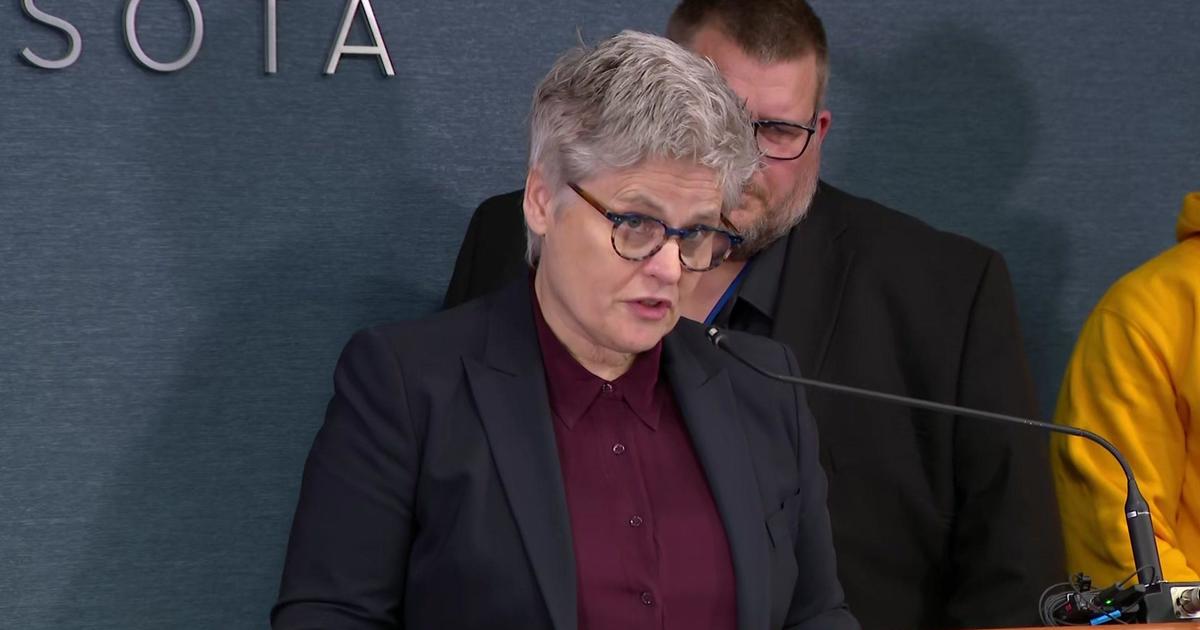Good Question: How Many Visas Does The U.S. Issue Each Year?
MINNEAPOLIS (WCCO) -- President Donald Trump called for changes to the H-1B Visa program for highly-skilled workers on Tuesday.
He says it takes away American jobs, while many say those are jobs that can't be filled by American workers.
This specific kind of visa represents a small number of the people who come to the U.S. annually.
There are two categories of U.S. visas: immigrant (permanent) and nonimmigrant (temporary).
The permanent visas are issued to people applying for green cards and make up about 5 percent of the 11 million U.S. visas issued in 2016.
Among the nonimmigrants visas, there are 81 categories. Each has its own set of criteria and application process.
The vast majority (about 80 percent) are tourist visas that are good for people to come and go up to six months at a time over a five-to-10-year period. People with tourist visas are almost always not allowed to the work in the U.S.
There are also temporary visas for students, diplomats, members of the media, fiancés, religious workers, victims of crime and more.
Another large group in the nonimmigrant category are employment visas. These can be transfers to the U.S. within international companies (70,000) and their families (86,000) and low-skilled seasonal workers (220,000).
Those seasonal workers generally stay in the U.S. for five to nine months and often work from on places like resorts, farms and construction companies.
The H-1B visa is one for highly-skilled workers who are required to have at least a bachelor's degree. The top three jobs for this visa are computer systems analyst, software developer and computer programmer.
The visa is good for six years, but in some cases, can be extended.
Employers, not employees, enter a lottery for the H-1B. Last year, there were 200,000 applications for 85,000 H-1B visas.



